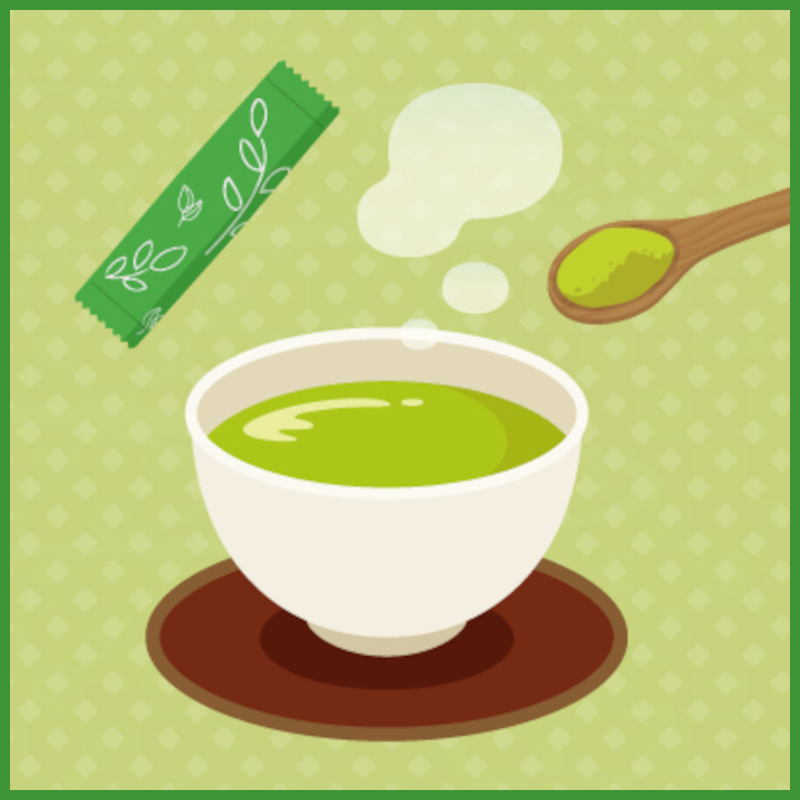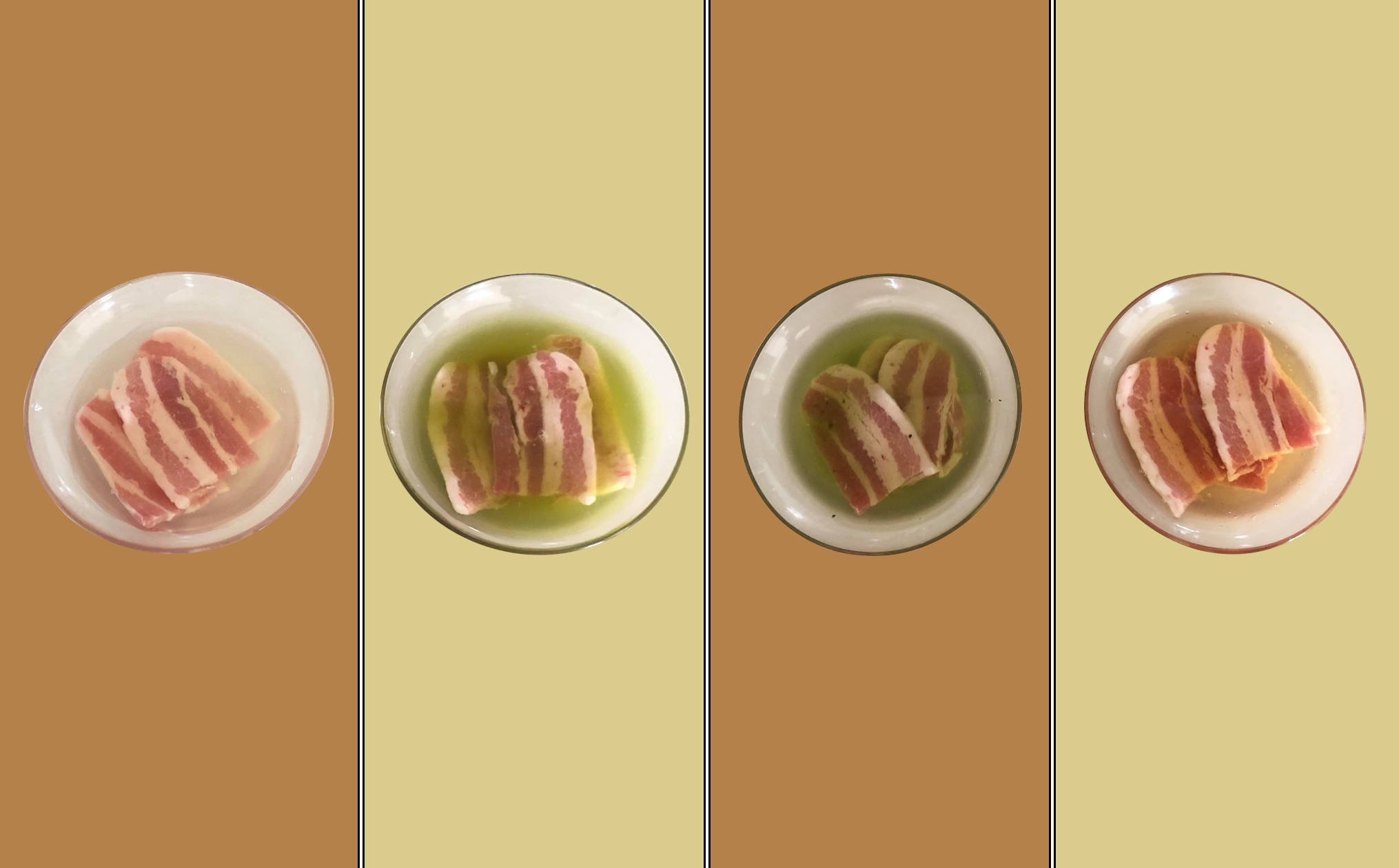
The difference between instant and powdered tea
"What is the difference between instant and powdered tea?"
"Doesn’t powdered tea dissolve in water?"
We get asked this question so often that we decided to give it a page.
Instant and powdered tea are completely different in reality.
To get started, let’s compare the two pictures below and the manufacturing methods.
| Tea leaves | Production method | |
| Instant tea |  |
①Extraction ②Concentration ③Dehydration |
| Powdered tea |  |
①Steaming ②Coarse kneading ③Crumpling ④Secondary kneading ⑤Precise kneading ⑥Drying |
As you may have noticed from the pictures, the fineness of the tea leaves is different. The production methods are also very different.
Powdered tea
Powdered tea is obtained by removing the stems and veins of tea leaves and collecting the resulting powder during the manufacturing process of sencha. The sorted elements are also called « demono ». Therefore, powdered tea does not dissolve in hot water.
It is recommended to brew powdered tea using a deep steaming teapot with a fine mesh or a tea strainer that you will simply place over a cup before pouring hot water.
Instant tea
Instant tea and powdered tea are two completely different products.
Tea leaves are extracted with a dextrin-containing liquid. This extract is then dried to obtain an instant tea. Therefore, instant tea does dissolve in hot water.
The most common drying methods are vacuum drying, freeze-drying and spray-drying. You may not have heard of freeze-drying and spray-drying. The quality of freeze-dried products is high, but the process requires time and effort. Hence, they cannot be mass-produced making them more expensive than conventional products. Spray-drying is more suited to mass production, although the spray-drying temperature greatly affects the aroma.
Instant tea is made from sencha. Although it does appear similar to matcha, it is important to distinguish between these two types of tea. Instant tea is made from leaves collected during the manufacturing process of sencha and crushed with a grinder (ball mill). Instant tea is mainly packaged in tea bags and drunk on its own. Still, it can be used in secondary food processing such as baking and cooking. Depending on usage, the desired color, taste and size of the tea grains may vary and for this reason different grinding methods are to be used. Therefore, some are soluble in hot water (not completely) and some are not.
Consumption
When visiting a Japanese sushi restaurant, powdered tea is commonly served. However, instant tea and teabags have become more popular nowadays in Kaiten-sushi. There are good reasons that could explain this phenomenon. Catechins were reported to have antimicrobial and deodorant effects and quickly dissolve in boiling water ; that is why tea (in this case instant tea and tea bags) makes a wonderful pairing for sushi. It acts as a palate cleanser between different pieces of sushi, allowing you to enjoy the flavors of your next bite even better.




Leave a comment
This site is protected by hCaptcha and the hCaptcha Privacy Policy and Terms of Service apply.